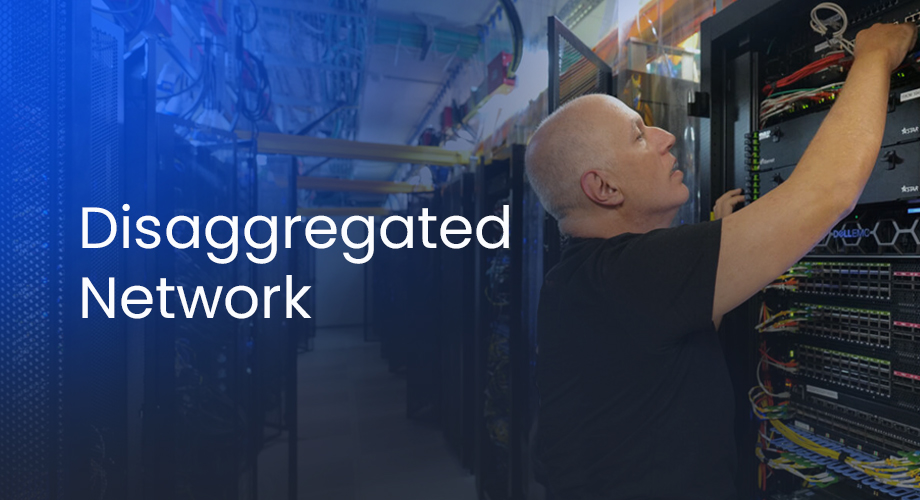
Network Edge
Reading Time: 3 minutes
Over the past 25 years, service providers (SPs) have been trying to fine-tune their network architecture strategy , from core...
Read more
Network Edge
Reading Time: 3 minutes
Over the past 25 years, service providers (SPs) have been trying to fine-tune their network architecture strategy , from core...
Read more
Disaggregation
Reading Time: 3 minutes
Clearly the single most dreaded task in maintaining a communication network is a software upgrade. This blog post will cover...
Read more
AI Networking
Reading Time: 4 minutes
From Microsoft’s vision of future innovation to ByteDance’s test results of Ethernet scheduled fabric. Lisbon is a lovely city (though I’m...
Read more
Cable
Reading Time: 3 minutes
When it comes to network cable management, here’s a good tip inspired by that crazy British TV show from the...
Read more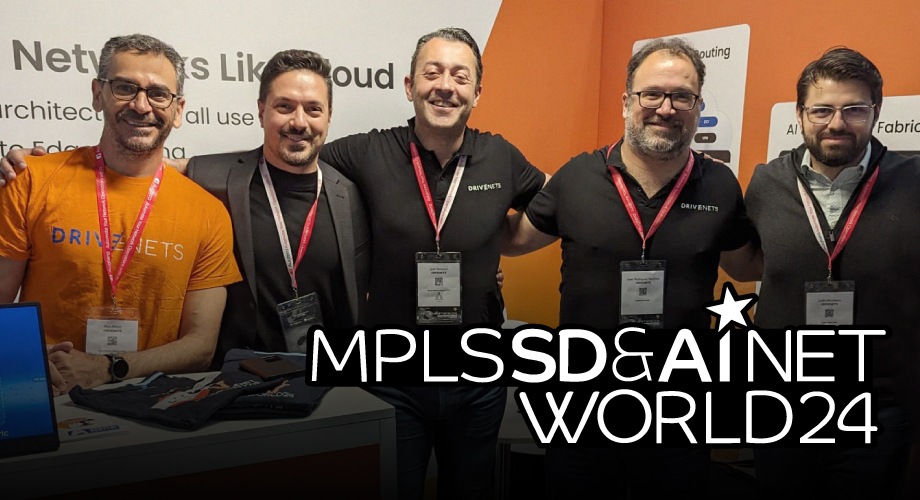
Industry Outlook
Reading Time: 3 minutes
2024 marked the 25th edition of the MPLS world congress. Surprisingly, MPLS topics were still discussed last week at the...
Read moreSign up to get the latest news and insights.

AI Networking
Reading Time: 6 minutes
Breaking a world record is easy. Just start as fast as you can and gradually increase your speed until you...
Read more
AI Networking
Reading Time: 5 minutes
The Ultra Ethernet Consortium (UEC), part of the Linux Foundation’s Joint Development Foundation, was formed in July 2023 by a...
Read more
AI Networking
Reading Time: 6 minutes
Just wrapped up an incredible experience at the Nvidia GTC conference! This year’s event brought together some of the brightest...
Read more
AI Networking
Reading Time: 3 minutes
DDC was defined by AT&T within the OCP, implemented using DNOS to be deployed into CSP networks, and has evolved...
Read more
AI Networking
Reading Time: 4 minutes
AI is dominating the discussions in the cloud infrastructure markets, and it’s for a good reason. AI may be the...
Read more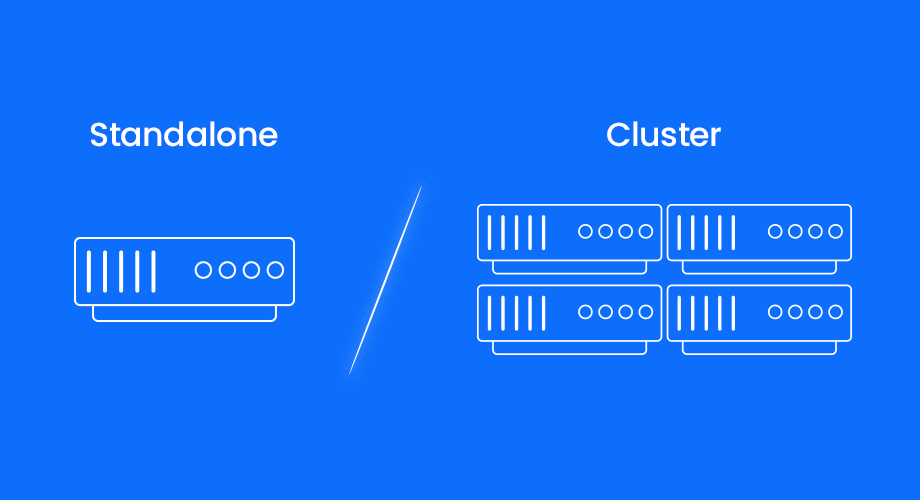
Disaggregation
Reading Time: 3 minutes
When it comes to redesigning networking infrastructure, disaggregation is, practically, a given. Separating networking hardware from its software breaks vendor lock-in,...
Read more
Industry Outlook
Reading Time: 3 minutes
Another year, another MWC. MWC is still a must-attend event for anyone in the telecom/service provider world who wishes to stay...
Read more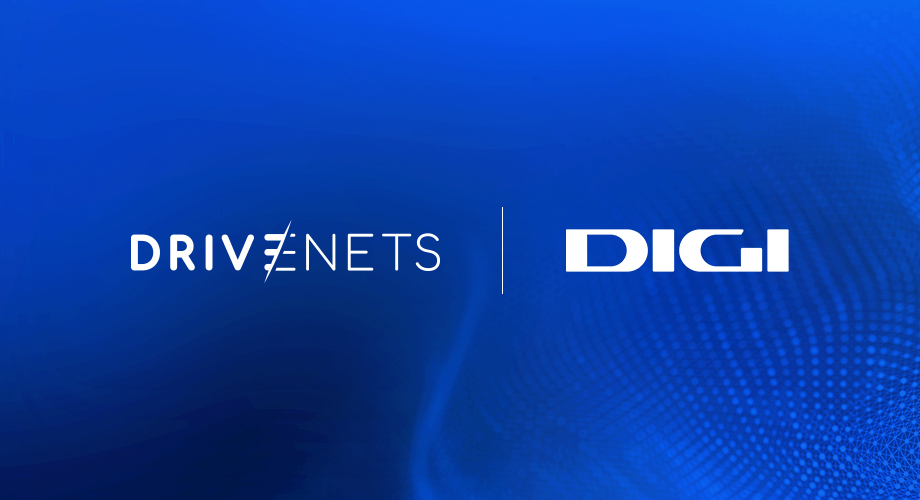
Network Edge
Reading Time: 4 minutes
Already carrying significant customer traffic for a commercial network in Romania, DriveNets recently announced that its Network Cloud solution has...
Read more
Service Provider
Reading Time: 3 minutes
You may have noticed that the technology hype has recently flowed into areas such as cloud services and AI. Once...
Read more
Cable
Reading Time: 5 minutes
Despite (or thanks to) COVID-19, 2020 was the best year for US cable operators since 2006, adding 4.82 million broadband...
Read more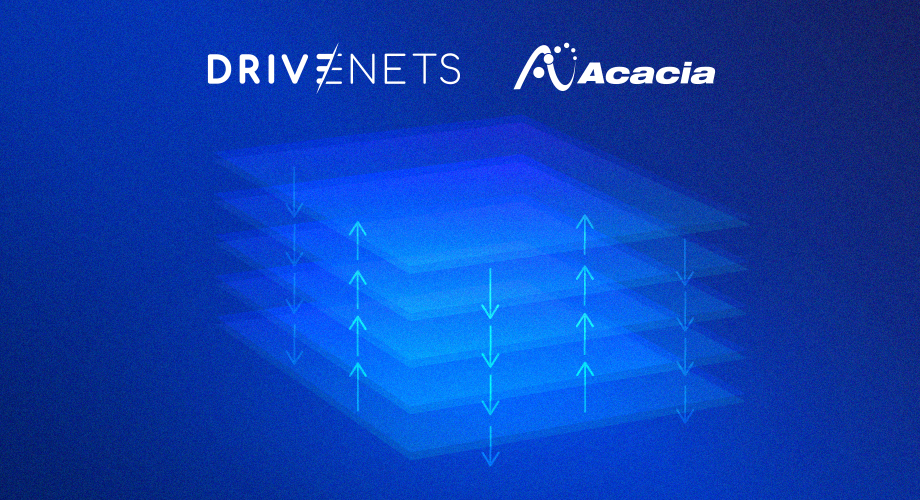
Disaggregation
Reading Time: 2 minutes
Ever since the introduction of the OSI 7-layer model, it’s been common practice to handle each layer separately. After all,...
Read more
Cloud Network
Reading Time: 5 minutes
Hands-on experience is an endless journey. While it may draw mixed reactions, its benefits for both system improvement and career...
Read more
Network Edge
Reading Time: 3 minutes
The emergence of generative AI, the shift towards enabling direct breakout to cloud services, the proliferation of IoT and other...
Read more
Industry Outlook
Reading Time: 3 minutes
2023 was an interesting year. Now, it’s that time of year again when we look at what experts from the...
Read more
Industry Outlook
Reading Time: 4 minutes
The end of each year is an important time to reflect on accomplishments, as well as challenges. The last 12 months...
Read more
Network Edge
Reading Time: 5 minutes
Every time I hear Bruce Springsteen’s song Darkness on the Edge of Town, I think that a small twist in the...
Read more
Disaggregation
Reading Time: 3 minutes
In the telecom service provider (SP) realm, the selection of vendors for network routing elements has traditionally been a domain...
Read more
Disaggregation
Reading Time: 4 minutes
In the realm of nature, the mesmerizing dance of a bird flock serves as a fascinating example of a complex...
Read more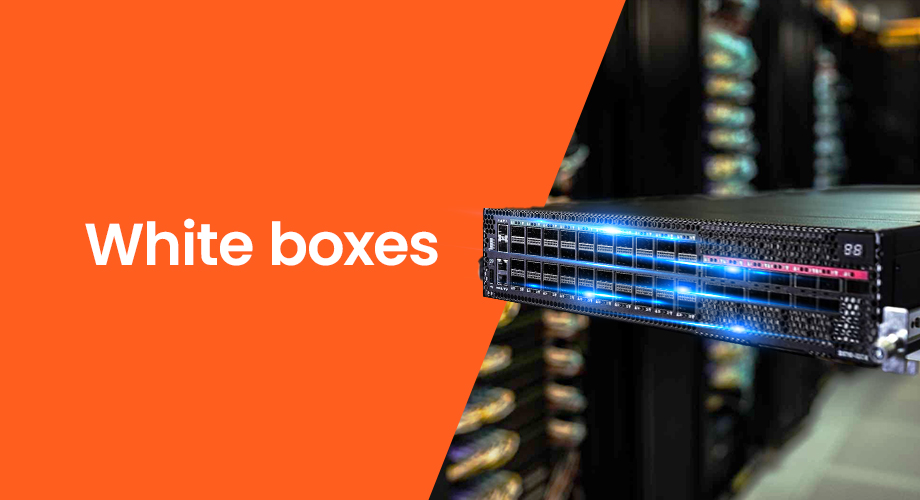
Disaggregation
Reading Time: 5 minutes
Over the past 25 years, service providers (SPs) have been trying to fine-tune their network architecture strategy to rebalance the...
Read more
Procurement
Reading Time: 3 minutes
I spent last week in Halifax, Nova Scotia. Other than enjoying this lovely city and experiencing its cold, cold weather,...
Read more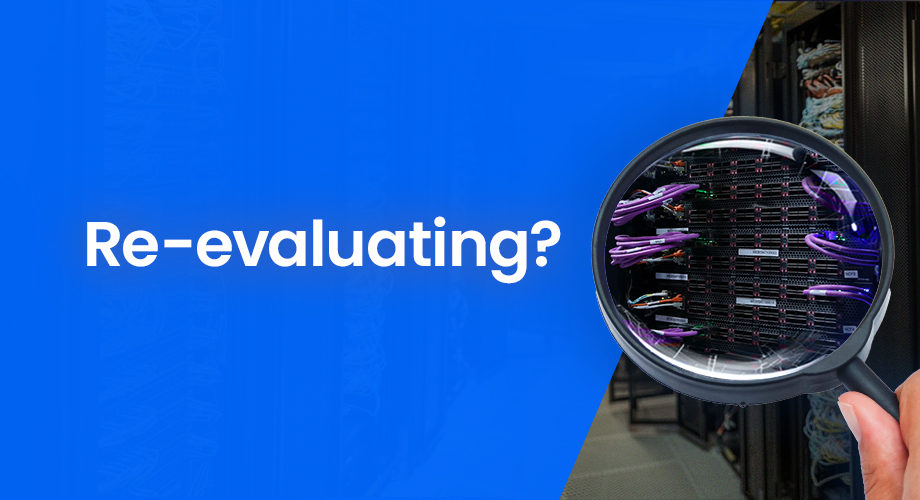
Service Provider
Reading Time: 4 minutes
In an era where digital transformation is not just a buzzword but a vital pivot, service providers (SPs) are reevaluating...
Read more
AI Networking
Reading Time: 5 minutes
Recently we completed independent lab testing of different architectures used as a back-end networking fabric for AI clusters. Conducted by...
Read more
Cable
Reading Time: 4 minutes
Last month, SCTE Cable-Tec Expo 2023 celebrated its 40th anniversary of cable industry innovation. According to the SCTE Technical Journal,...
Read more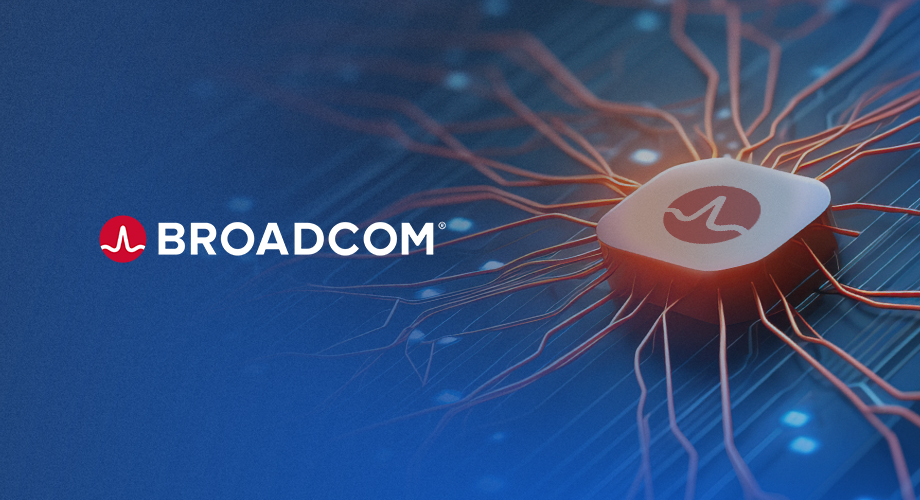
AI Networking
Reading Time: 4 minutes
We have all witnessed the significant growth of the AI market since the end of 2022. Hyperscale companies like Microsoft,...
Read more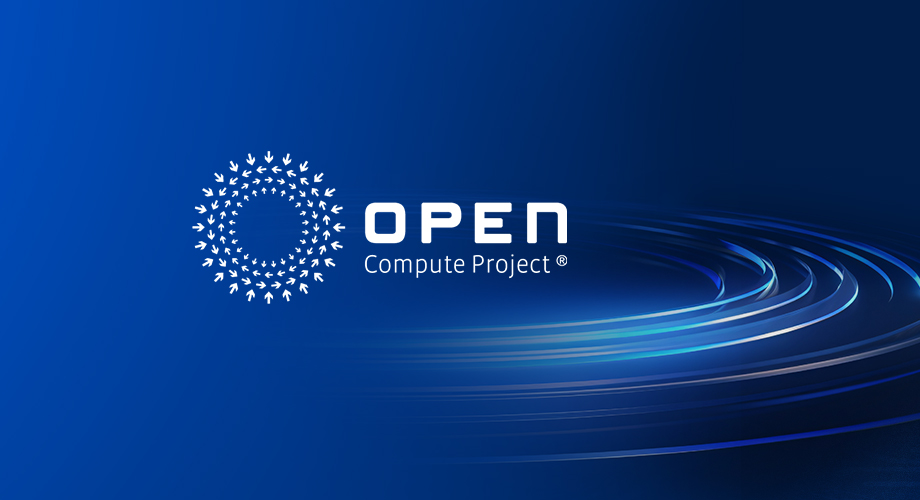
AI Networking
Reading Time: 3 minutes
DriveNets has an ongoing commitment to maintaining Distributed Disaggregated Chassis (DDC) as the most innovative and promising networking technology. ...
Read more